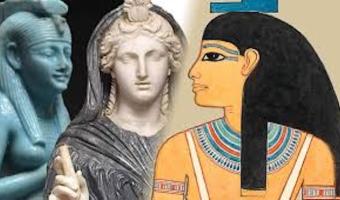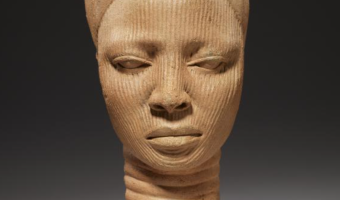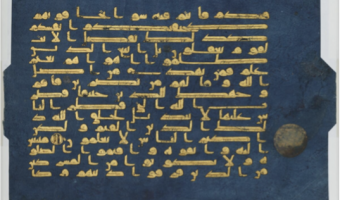A Place for Sufism in the Azawad: Sufi Art and Scholarship in West and North Africa
This exhibition explores the patterns of Sufi thought that developed over time through West Africa. The core of the project surrounds the Timbuktu manuscripts and scholarship of Shaykh Sidi al-Mukhtar al-Kunti (1729-1811) and his son, al-Shaykh Sidi Muhammad al-Kunti (1769–1826), who together served as two foundational leaders of the Sufi mystic Kunta lineage. The Kunta Tribe’s scholarship on Islamic texts, in combination with studies on mysticism and natural sciences, is linked to the rise of the Qadiriyya tariqa (brotherhood) of Sufi thought, which held widespread influence over West African civilizations in the 18th and 19th centuries. However, a scholarly network of tariqas developed in addition and prior to the Qadiriyya, which served to disseminate different Sufi tenets and “ways of knowing” across West Africa. This network demonstrated that Sufism was not static and localized to West African civilizations or Timbuktu, alone. As manuscripts written by the al-Mukhtars and other Sufi scholars are limited, this exhibition broadens its scope to present areas where Sufi tenets manifest in medieval North African art pieces, even if the art was not designed for Sufi purposes. Later scholarship of Sufi thought provides additional written history and testimony to the widespread existence of different orders and belief systems, a subject of which is understudied and not widely recognized.




